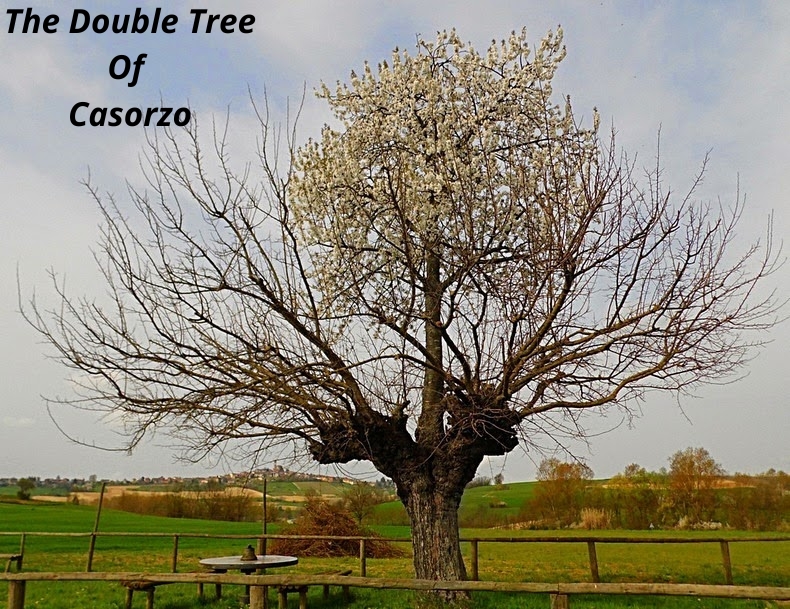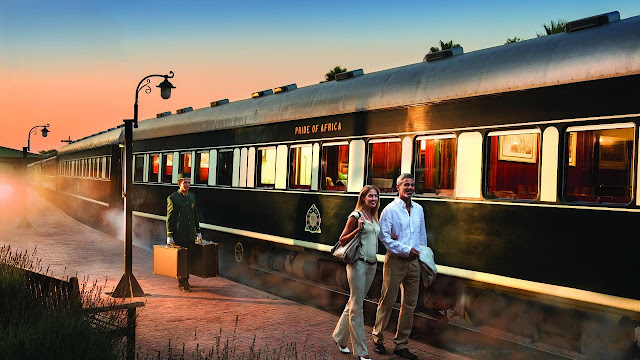6 most mysterious places scientists still can’t explain
Regardless of how much researchers know, there will continuously be a great deal more that they don't. Our reality is an unending conundrum. Each time we tackle one riddle, a fresh out of the plastic new one surfaces. These are baffling spots researchers actually can't make sense of! In this blog we ready to talk about six most mysterious places scientists still can't explain. let's talk about that.
(06)The Double Tree Of Casorzo
The Double tree of Casorzo is situated between Grana & Piedmont , Italy. It is mulberry tree on which a cherry tree grows. The cherry tree rises well above the mulberry tree on which it stands. Epiphytical growing tree are not unusual, but they normally reach a small size and have a short lifespan, as there is normally not enough humans and space available where they grow.
These two trees grow together and become an inspiring sight. The branches are 5 meters long and then on top of them grow cherries which re now very big too. They both live together, with the same food source. Maybe this is not the only double tree that exists, but both are a rare and unique sight in the world.
(05)Movile cave
Located in Romania, Movile cave is over 65 feet (20 meters) below the surface, and its warm, moist air is low in oxygen and thick with toxic gasses, which feed chemosynthetic bacteria. Speleogenesis in this area was initiated in the late Miocene( 5.5 million years ago) and continues today by the action of the sulfuric acid resulted from the oxidation of sulfide in the lower part of the cave. Movile cave was the first ever discovered subterranean chemosynthesis based ecosystem.
This harsh environment, scientist have so far identified 48 species. Among the creatures are an array of spiders, water scorpions, pseudoscorpions, centipedes, leeches, and isopods. 33 of which are totally unique to this one cave.
(04)Stonehenge
Stonehenge is the most architecturally sophisticated and only surviving lintelled stone circle in the world. It was built 5000 years old and it is a stone circle made up of 38 stones on Salisbury plain, Wiltshire in England. It took over 1000 years to build, in four stages. Archaeologists believe the final changes were made around 1500 BC, in the early Bronze Age. For centuries, historians and archaeologists have puzzled over the many mysteries of Stonehenge. Scientists think that the stones were a way to tell the time of year.
A world heritage site is a landmark with legal protection for having
cultural, historical or scientific importance. Stonehenge is one of the most famous prehistoric land in the world and it has great historical significance.
Why was Stonehenge built on Salisbury plain?
It’s not clear who built Stonehenge. The site on Salisbury plain in England has been used for ceremonial purposes and modified by many different groups of people at different times. Archaeological evidence suggests that the first modification of the site was made by early Mesolithic hunter-gatherers.
Interest facts about Stonehenge
- In the 12th Century there was a rumour Stonehenge was moved by a wizard.
- New research suggests Stonehenge was once in Wales
- Stonehenge is a UNESCO World Heritage site
- Every year people gather at Stonehenge to celebrate the summer solstice and be present at stone henge as the sun rises.
- Stonehenge used as a cemetery.
- Nobody knows for sure how the stone were moved to stonehenge.
(03)Boiling River of Amazon
Located in Central Peruvian in Amazon. Swimming is not recommended in Yellowstone, and is occasionally prohibited. Reason is this river over 400 miles from the nearest volcano, he came upon the boiling river. A flowing 4 mile long river as wide as a two land road. 16 feet deep in places and averaging 186F hot enough to cook a small animal in seconds.
On the boiling river there are two shamanic Amazonian communities. One is primarily work with is called Mayantuyacu. Mayantu is a jungle spirit, with the head of a frog. The body of a lizard and the arms and legs of a turtle.
For centuries Peruvian locals have talked about a river in the Amazon that burns so hot it can kill. According to legend, Spanish conquistadors foolishly ventured into the rainforest in search of goal, and the few men that returned told stories of poisoned water. Man eating snakes and a river that boiled from below.
(02)Circles Of Namibia
The circle of Namibia is situated In southern Africa's Namib Desert, the rambling prairies are splotched with a bunch of spots. Fields of "pixie circles," fruitless circles edged with patches of vegetation and going from 10 to 65 feet in distance across, stretch for many miles.
“The whole landscape looks like a polka dot dress,” says mathematician Corina Tarnita, who has studied the Namibian fairly circles closely. The dots are like island in a sea of short grass that are “very regular may not be random at all.
What causes fairy circle Namibia?
Sand termites make the pixie circle by consuming vegetation and tunneling in the dirt to make the ring. The infertile circle permits water to permeate down through sandy soil and aggregate underground, permitting the dirt to stay damp significantly under the driest circumstances.
(01)Devil’s kettle
Devil’s kettle is one of the most mysteries waterfall in the world. Located in the Judge C.R. Magney State Park in northern Minnesota. Caldera del Diablo park is best known for the Devil’s Kettle. It is made of a hard rock called rhyolite and at this point the river is split in two by the rocky fork. No one actually knows where the water goes after falling into this particular hole. Scientists have tried to track the water with dye and ping pong balls but could not make any conclusion.
Facts about Devil’s Kettle
- Over the years researchers and many curious locals have poured items such as ping balls, tree logs and apparently even a car into the hole and monitored the lake for the objects to emerge. So far, none of the objects have resurfaced.
- Many theories have come up to explain the mystery. Some believe that there might exist an underground river. Others believe in the existence of an ancient lava tube that carries the water directly to the floor of Lake Superior. Both theories have been dismissed.
- In February 2017, the Minnesota Department of natural resources finally established that the disappearing water resurfaces in the stream below the waterfall.








.jpg)



Comments